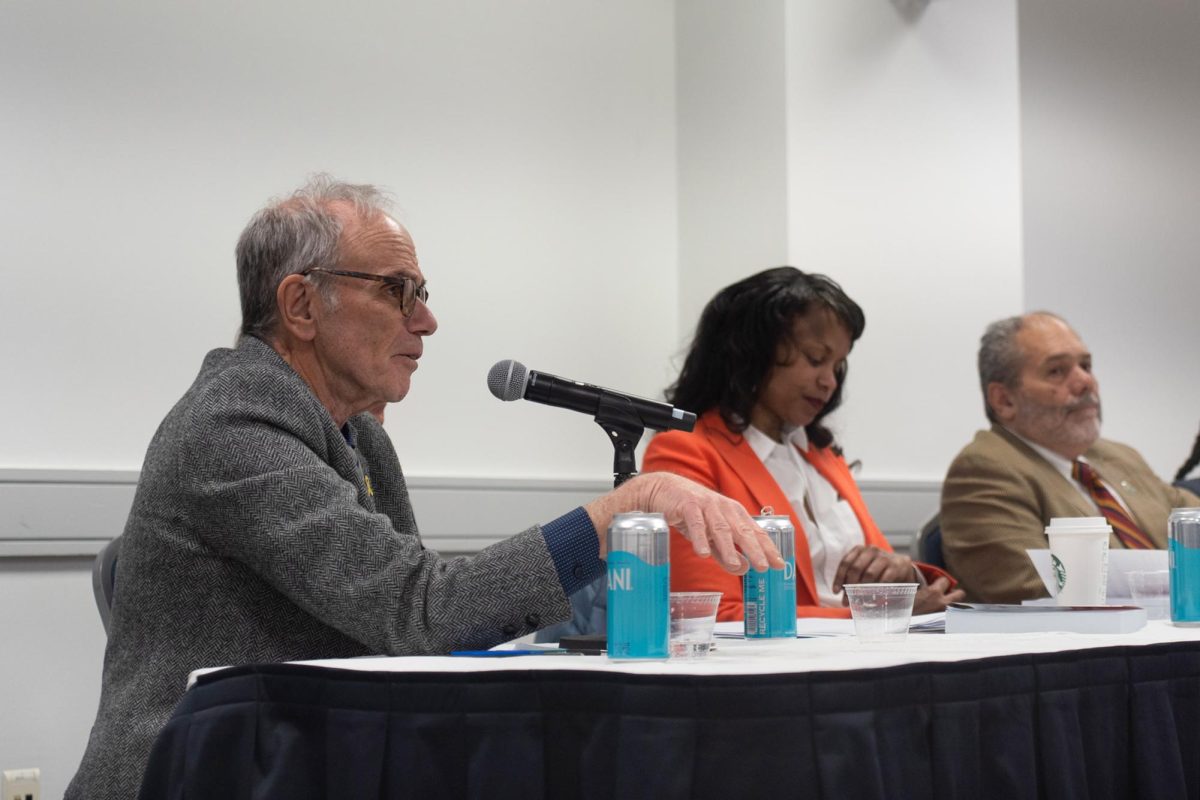Tuition for incoming classes may still be on the rise, but the University hopes to boost financial aid significantly by reaching out to potential donors and emphasizing its commitment to affordability.
Of the $81 million GW raised through donations last year, $10 million was earmarked for financial aid. The University hopes to increase total donations such that by 2013, $40 million fundraised dollars can go toward financial aid alone.
“Giving to financial aid has always been a prominent gift, especially from alumni who benefited from financial aid while they were at GW,” said Vice President for Advancement Laurel Price Jones. Increasing financial aid, she said, is a top priority for University President Steven Knapp. Price Jones and Knapp returned from a trip to Florida Thursday where they met with alumni and potential donors.
“Financial aid has always been of interest to donors. With new priorities (and) a new president, there is a special impetus,” Price Jones said. “The difference is that I can go out and tell potential donors now that donations for student aid are now a top university priority.”
The projection of $40 million increase in annual funds available for financial aid is the highest dollar-amount GW can realistically attain, Price Jones said.
“What we’re trying to do with this overall effort is to have more of our financial aid money come from giving, from fundraising,” Executive Vice President and Treasurer Lou Katz said.
Bryan Cook, associate director of the American Council on Education’s Center for Policy Analysis, said overall alumni donations nationwide are increasing, even at universities such as GW where tuitions continues to rise.
“Out of the universities I can think of that are in GW’s endowment range and have gone after significantly more money, they have all met their goals or fallen just short of the target,” Cook said. “Alumni are sensitive to increased tuition costs, and that’s not a deterrent for donating.”
GW’s financial restraints are in part a result of its smaller endowment base relative to large public schools or Ivy League schools. Of the estimated $118 million the University will spend on financial aid next year, only a little more than $2 million will come directly from endowment and restricted funds.
“For this reason, it is necessary to embark on an ambitious fundraising campaign so that a greater amount of our student aid is supported by philanthropic effort,” said Robert Chernak, vice president for Student and Academic Support Services.
Chernak added that once the University achieves its fundraising goals, it can start using funds previously set aside for student aid for “improving academic initiatives and student life.”
Eric Roper contributed to this report.






